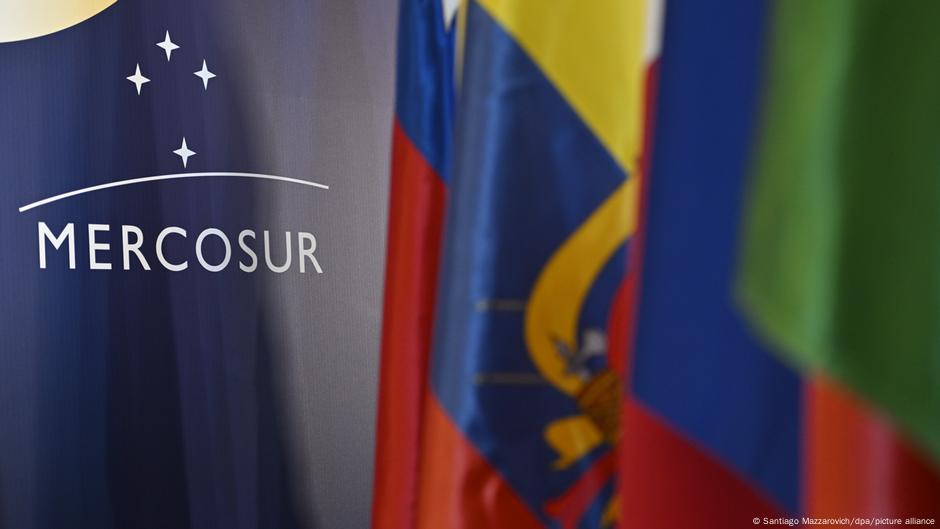
In a significant development for international trade, South America’s Mercosur and the European Free Trade Association (EFTA) have signed a comprehensive trade deal. This agreement establishes a free trade area encompassing nearly 300 million people, marking a pivotal moment in economic relations between the two regions.
The agreement, finalized on Wednesday, brings together Mercosur, South America’s largest trade bloc, and EFTA, which comprises Switzerland, Norway, Liechtenstein, and Iceland. Mercosur’s full members include Argentina, Brazil, Paraguay, Uruguay, and Bolivia, with associate members such as Chile, Colombia, Ecuador, Guyana, Peru, and Suriname.
Decade-Long Negotiations Culminate in Trade Pact
The trade deal, a decade in the making, aims to create a free trade area with a combined gross domestic product (GDP) exceeding $4.3 trillion (€3.64 trillion). Both blocs anticipate enhanced market access for over 97% of their exports, a move expected to invigorate bilateral trade and benefit businesses and citizens alike.
“Both sides will benefit from improved market access for more than 97% of their exports, which will boost bilateral trade and bring benefits to businesses and people,” the organizations stated in a joint announcement.
Key Components of the Free Trade Agreement
This “comprehensive and broad-based” Free Trade Agreement (FTA) encompasses various sectors, including goods, services, investment, and intellectual property rights. A key feature of the FTA is the elimination of customs duties, designed to facilitate increased trade flows between the two blocs.
Despite the celebratory signing, the agreement requires ratification by the respective parliaments of the member countries in both blocs. This procedural step is crucial for the agreement’s implementation and effectiveness.
Historical Context and Comparison
Exploratory discussions between EFTA and Mercosur began in 2015, with formal negotiations commencing two years later. Over the past decade, the parties engaged in fourteen rounds of talks to reach this milestone agreement. This development follows a similar deal between the European Union (EU) and Mercosur, concluded last year after 25 years of negotiations, although it remains unratified by all EU member states.
Notably, the EU-Mercosur deal has encountered resistance from countries like France and Spain, concerned about potential adverse impacts on their agricultural sectors due to increased competition.
Implications and Future Prospects
The Mercosur-EFTA trade agreement represents a strategic alignment that could reshape economic dynamics across the Atlantic. By fostering closer economic ties, both regions aim to enhance their global competitiveness and economic resilience.
Experts suggest that the agreement could serve as a model for future trade negotiations, emphasizing the importance of comprehensive and inclusive trade policies. The removal of trade barriers is expected to stimulate economic growth, create jobs, and provide consumers with greater access to diverse products and services.
According to trade analyst Maria Gonzalez, “This agreement sets a precedent for future trade deals, highlighting the benefits of cooperation and mutual economic interests.”
As the world watches the implementation of this landmark agreement, the focus will be on how effectively it can be ratified and enacted. The success of this trade pact could pave the way for further collaborations and partnerships, reinforcing the interconnectedness of global markets.
The next steps involve rigorous parliamentary discussions and potential adjustments to address any concerns raised by member countries. The outcome of these deliberations will determine the timeline for the agreement’s full implementation and its impact on the global trade landscape.





